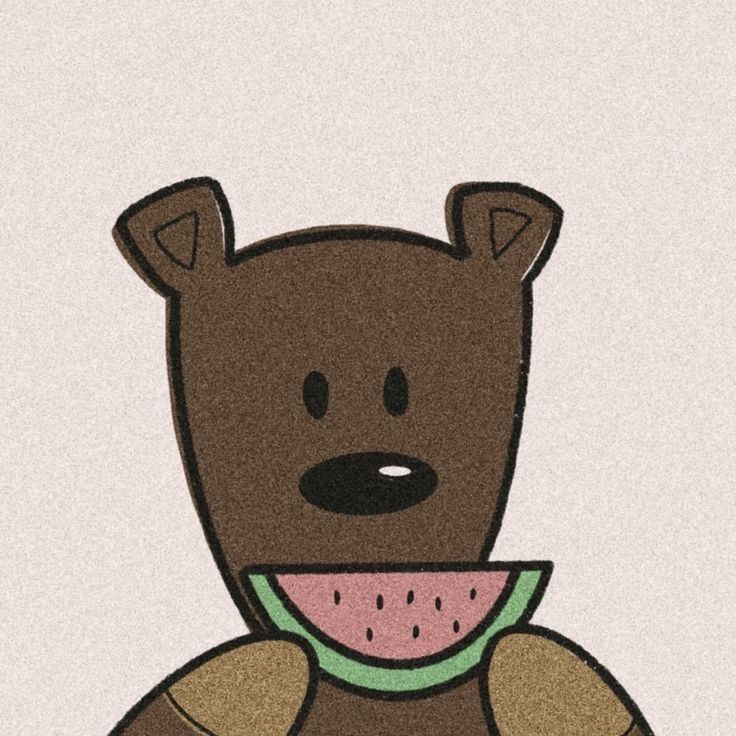Joints
Cards (16)
- Joints are any points where two or more bones meet.
- Flexion is when you close a joint. When you decrease the angle around a joint.
- Extension is when you open a joint. When you increase the angle around the joint.
- Abduction is when you move your arms or legs away from the midline of your body. (Side to side)
- Adduction is when you move your arms or legs towards the midline of the body.
- Rotation is a clockwise or anti-clockwise movement of a body part around a joint axis.
- Circumduction is when you move a limb or hand and foot in a circular motion.
- Plantar flexion is the movement of the foot which is extension at the ankle. Also known as pointing your toes.
- Dorsi flexion is flexion at the ankle. Also known as lifting your toes up, so the bottom of your foot faces up.
- The four joint types:Ball And socket - hip / shoulder, all 6 ROMHinge - knee, ankle, elbow, 2 ROM (Flexion and extension)Condyloid - wrist, 5 ROM , (flexion and extension, adduction and abduction, circumduction)Pivot - head and neck, 1 ROM , (rotation)
- Cartilage - act as a cushion between bones to prevent damage during joint movement.
- Ligaments - hold bones together to help maintain the stability of the skeleton during movement. They are made of tough and fibrous tissue.
- Tendons - attach muscles to bones (or other muscles) to allow bones to move when muscles contract.
- example of a ball and socket joint?hip
- whats the name of the joint movement at the ankle when lifting the toes?dorsi-flexion
- what are the types of joint movement possible at the elbow?flexion and extension
